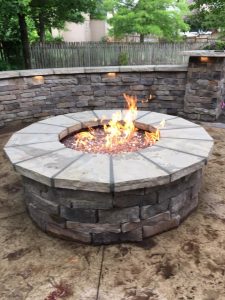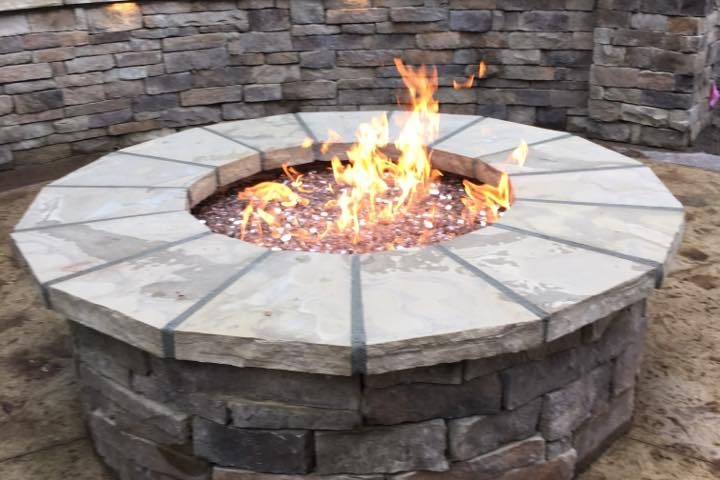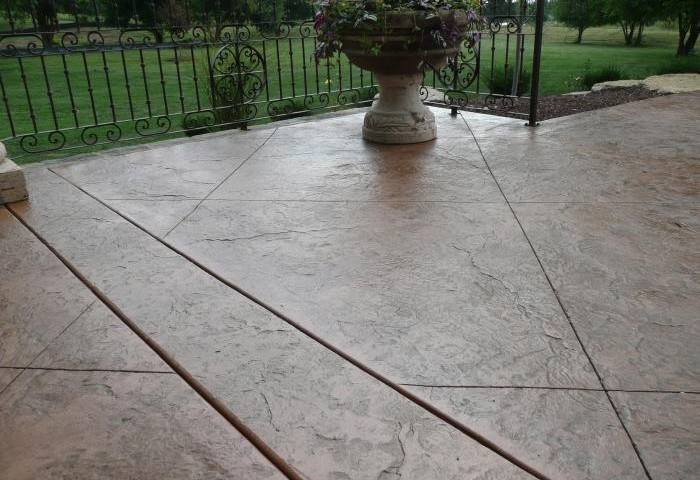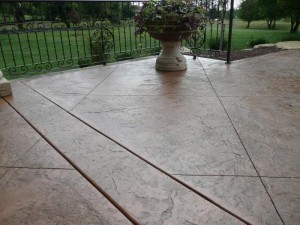
Extend the Seasonal Use of Your Outdoor Living Space by Adding an Outdoor Fireplace
It’s happening: the mornings are a bit cooler. Evenings, too. As our Olathe temperatures drop below the sweltering point of high summer, it becomes easier to think about the seasons to come.
But those seasons also bring colder temperatures, which means less time spent outdoors. Sure, autumn can be cozy during the day; but when night falls and the sun is no longer warming our outdoor spaces, even fall nights can be uncomfortably chilly.
One way to keep using your outdoor space, even when colder temperatures set in, is by adding an outdoor fireplace.
Types of Outdoor Fireplaces
To say that outdoor fireplaces come in different shapes and sizes is to say that Pumpkin Spice Lattes are a simple coffee drink. There is no “typical” outdoor fireplace. An outdoor fireplace can be a simple fire pit or fire bowl; a fire table or fire column; a chiminea or a pizza oven. It could also be a simple patio heater or an elaborate fire and water feature.
The point is this: no matter your budget, your design aesthetic, or how often you might use an outdoor fireplace, there is one that fits your needs.
What to Consider When Deciding on an Outdoor Fireplace
Like other landscape decisions, installing an outdoor fireplace requires thought and planning. How often you’ll use it is a good place to start. Also consider what you’ll use it for: do you simply want a spot to gather with friends and family? If so, a fire pit that can be used whenever the temperature warrants might be the perfect choice. You can even toast a marshmallow or two or make s’mores over the flame of a fire bowl.
But if you want to cook outdoors, you’ll need something better suited to that purpose. Or, if you want a show-stopping, breathtaking, architectural attraction as part of your landscape design, you’ll need more than a simple fire pit.
Of course, the more elaborate the fireplace, the more you’ll need to budget. And remember to think of the space you have available, too; some spaces will only accommodate a small fireplace while others can handle something larger.
The Advantages of Outdoor Fireplaces
It’s easy to see how cozy an outdoor fireplace can make your space. By adding a fire element to your outdoor landscape, you can extend the length of time you’re happy while outdoors. Because you can add warmth to a colder evening, you might venture outside more often in the cooler autumn and even winter months.
Other advantages might not be so immediately apparent, but they’re nonetheless important. You’ll not only be creating an ambiance that makes entertaining more fun, but you can also increase the value of your home.
Regardless of which outdoor fireplace is best for you, we’re adept at helping homeowners create outdoor spaces they enjoy year-round. Give us a call and let us show you how beautiful your outdoor space can be.




